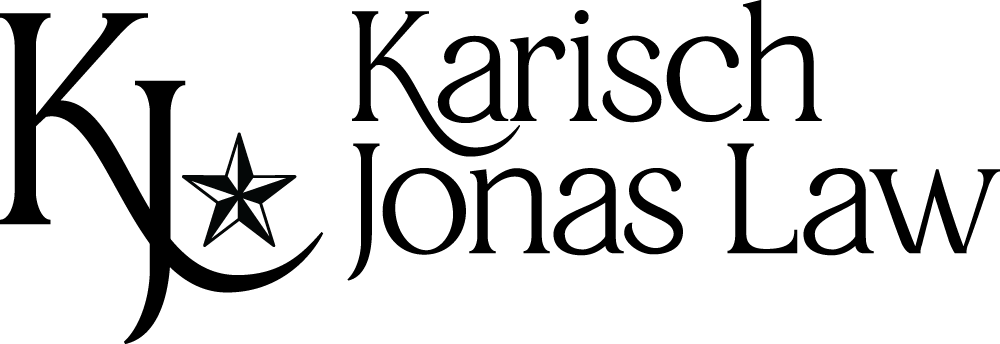Substantive Changes Related to Estates Code Enactment
While the Legislative Council was making its non-substantive codification, REPTL and others were busy making substantive changes. Many of these changes are the ordinary tweaks that REPTL and others have been making every two years for the past 3 decades. (The 2013 crop of these changes is discussed elsewhere in this summary). However, some are related to the enactment of the Estate Code itself.
REPTL learned in 2006 that the Probate Code codification was coming whether it liked it or not. REPTL leadership appointed a special committee to consider the codification and to offer advice and assistance to the Legislative Council. This committee also noted that there were a few subjects in the Probate Code that needed to be addressed substantively before the existing statutes were swept wholesale into the new code. REPTL pushed for changes in these subjects. Those changes have been enacted into the Probate Code and will be codified into the Estates Code.
For this reason, lawyers should look more carefully at the Estates Code provisions enacted on these subjects:
- Probate and Guardianship Jurisdiction and Venue. The Legislature has amended the statutes governing probate jurisdiction frequently since the 1970s. This has corresponded with the creation of statutory probate courts and the growth of those courts’ jurisdiction. In addition to statutory changes, there have been significant appellate cases construing probate jurisdiction. This led to confusion and convoluted statutory provisions. Much of this confusion arose from the meaning of the phrase “appertaining or incident to an estate.” REPTL believed that a re-codification of probate jurisdiction statutes should try to eliminate some of this confusion. Therefore, legislation passed during the last three sessions has made significant changes. The most significant changes are:
- Defining a “probate proceeding.” Tex. Prob. Code Sec. 3(bb); Tex. Est. Code Sec. 31.001.
- Defining a “matter related to a probate proceeding,” which definition varies based on the type of court exercising the jurisdiction. Tex. Prob. Code Sec. 4B; Tex. Est. Code Sec. 31.002.
- Giving county courts at law in counties having no statutory probate court the jurisdiction to hear matters related to testamentary and inter vivos trusts created by a decedent whose will was probated in that county. Tex. Prob. Code Sec. 4B(b); Tex. Est. Code Sec. 31.002(b).
Some practitioners consider these changes constitute an expansion of the exclusive jurisdiction of courts exercising original probate court jurisdiction. However one views these changes, it behooves lawyers working in probate and guardianship cases to review these provisions of the Estates Code carefully.
- Independent Administration. REPTL advocated for and the Legislature responded with several changes affecting independent administrations. Some of these were of a housekeeping nature. Others made significant changes. Here are some of the highlights.
- Previously the Probate Code had only vague references to what an independent executor could and could not do without court approval. (See, for example, old Section 145(h): “… further action of any nature shall not be had in the county court except where this Code specifically and explicitly provides for some action in the county court.”) The new provision states plainly that:
Unless this title specifically provides otherwise, any action that a personal representative subject to court supervision may take with or without a court order may be taken by an independent executor without a court order. The other provisions of this subtitle are designed to provide additional guidance regarding independent administrations in specified situations, and are not designed to limit by omission or otherwise the application of the general principles set forth in this chapter.
Tex. Est. Code Sec. 402.002; Tex. Prob. Code Sec. 145B (added in 2011).
- The power of an independent executor to sell real property is clarified and a new procedure for making the order appointing the independent executor include a power of sale is added. Tex. Est. Code Sec. 402.051 – 402.054; Tex. Prob. Code Sec. 145A and 145C (added in 2011).
- The creditors’ claims provisions in independent administrations were overhauled. Tex. Est. Code Sec. 403.051 et seq.
- Affidavits in lieu of inventory are permitted. Tex. Est. Code Sec. 309.056.
